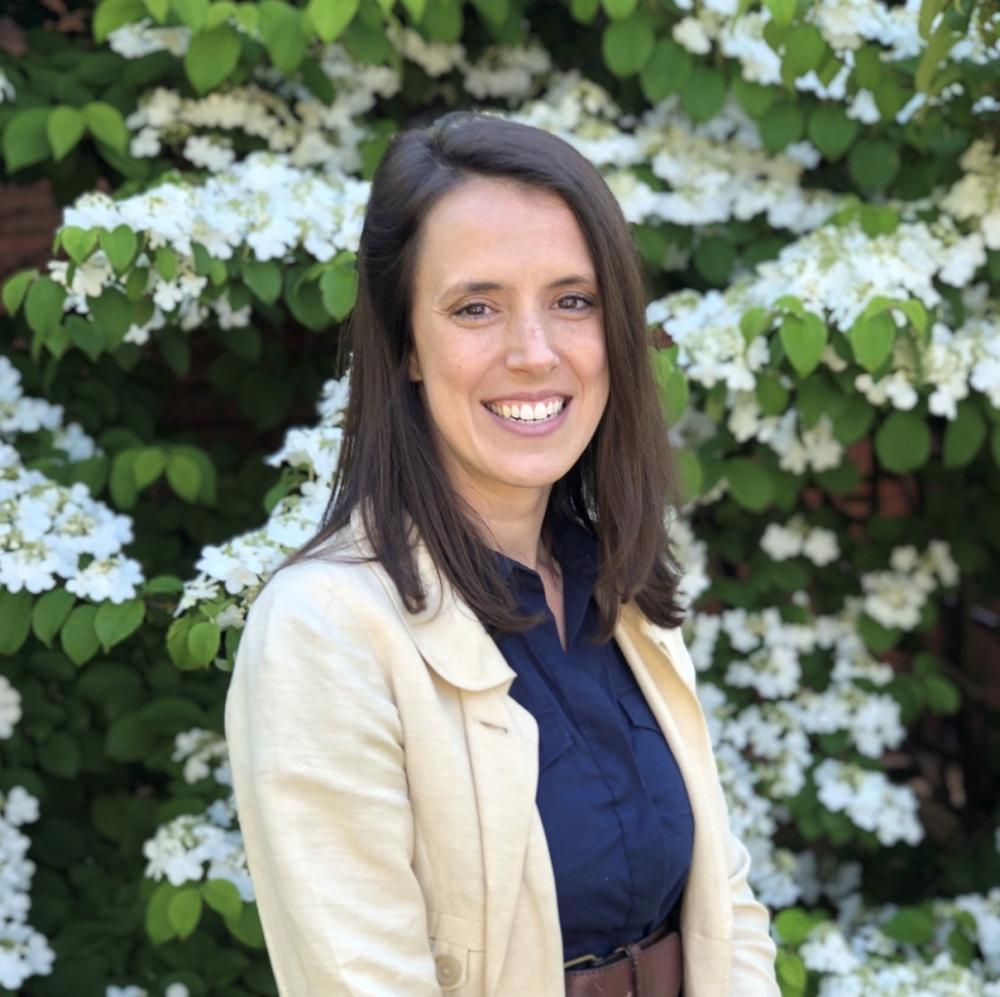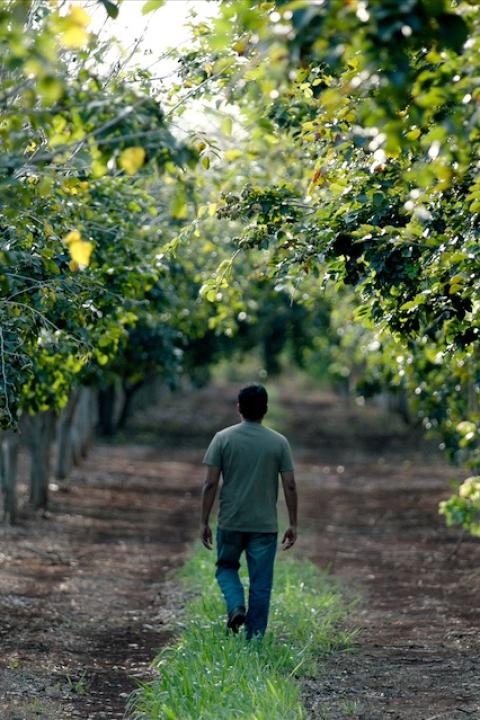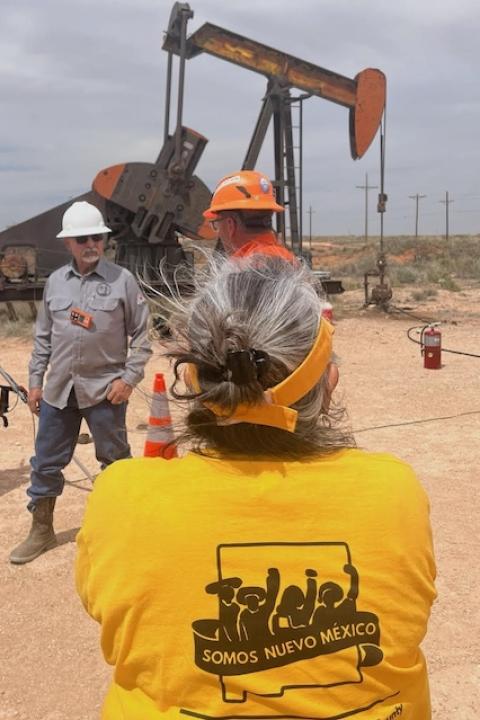
Air pollution from wildfires in Canada cover New York with an orange haze in July 2023. (Image: Matt Champlin/Flickr)
Outdoor air pollution from wildfires, ozone and particulate matter is linked to lung cancer, preterm births, cardiovascular and respiratory diseases, loss of work and school days, and even avoidable deaths, according to a recent report from the American Thoracic Society. The findings show air pollution impacts on a local level, demonstrating to U.S. cities, counties and regions what the tangible benefits from improving their outdoor air quality would be.
"Understanding the magnitude of health impacts attributable to outdoor air pollution is often a missing part of the policymaking process,” said Kevin Cromar, an author of the report and a Ph.D. program director at New York University. “The report should inform ongoing decision-making. The value of this report is that it quantifies the impacts of air pollution. It is a tool that shows us what it would take to clean up the air.”
Outdoor air pollution standards for particulate matter and ozone are currently under review by the Environmental Protection Agency (EPA). However, the EPA’s proposed standards allow for higher levels of particulate matter and ozone than what medical groups like the American Thoracic Society recommend.
Addressing unaddressed air pollution sources
In particular, one major source of air pollution cannot be addressed through the current EPA standards: wildfires. This report provides the first-ever public estimates of the health impacts linked to air pollution from wildfires.
The estimated annual mortality rate attributed to wildfire-caused air pollution ranges from 4,080 to 28,000 deaths, and the health impacts are felt far beyond the areas where the majority of wildfires occur. The effect wildfire pollution has on health is evident in every part of the United States.
“This past year, large Canadian wildfires blanketed the Northeast United States, and it pushed the issue of outdoor air pollution to the front of the mind,” Cromar said. “However, every day there are fires burning somewhere … We are able to quantify health impacts from across the U.S. — not just for the large fires, but for those dozens of smaller fires burning at any given time.”
The report measures air pollution impact by state, city, or county and estimates the negative health impacts that would be avoided if the air quality improvements recommended by the American Thoracic Society were put into place. Locations are then ranked based on which ones have the most to gain by making these improvements, Cromar said.
“We want people to be able to make sense of the report on a local level,” Cromar said. “In the western U.S., and in parts of the Midwest and the South, air pollution is often driven by agricultural burning. Even though people might be used to agricultural burning, it has important adverse health impacts.”
In communities struggling with air quality problems, emissions from buildings and older vehicles can also have outsized impacts.
For air pollution solutions, think locally
While the EPA is responsible for setting air quality standards that protect human health, the opportunity and responsibility for cleaning up the air lies with local jurisdictions.
“We want counties and cities to look at the report and their city rankings and see how they can benefit in terms of reduction in the number of deaths, ER visits, work and school loss days, and more,” Cromar said. “It is powerful to put it in those terms, because it is not an abstract problem. Local jurisdictions can get creative, and we have meaningful things to gain if we take action.”

Mary Riddle is the director of sustainability consulting services for Obata. As a former farmer and farm educator, she is passionate about regenerative agriculture and sustainable food systems. She is currently based in Florence, Italy.














